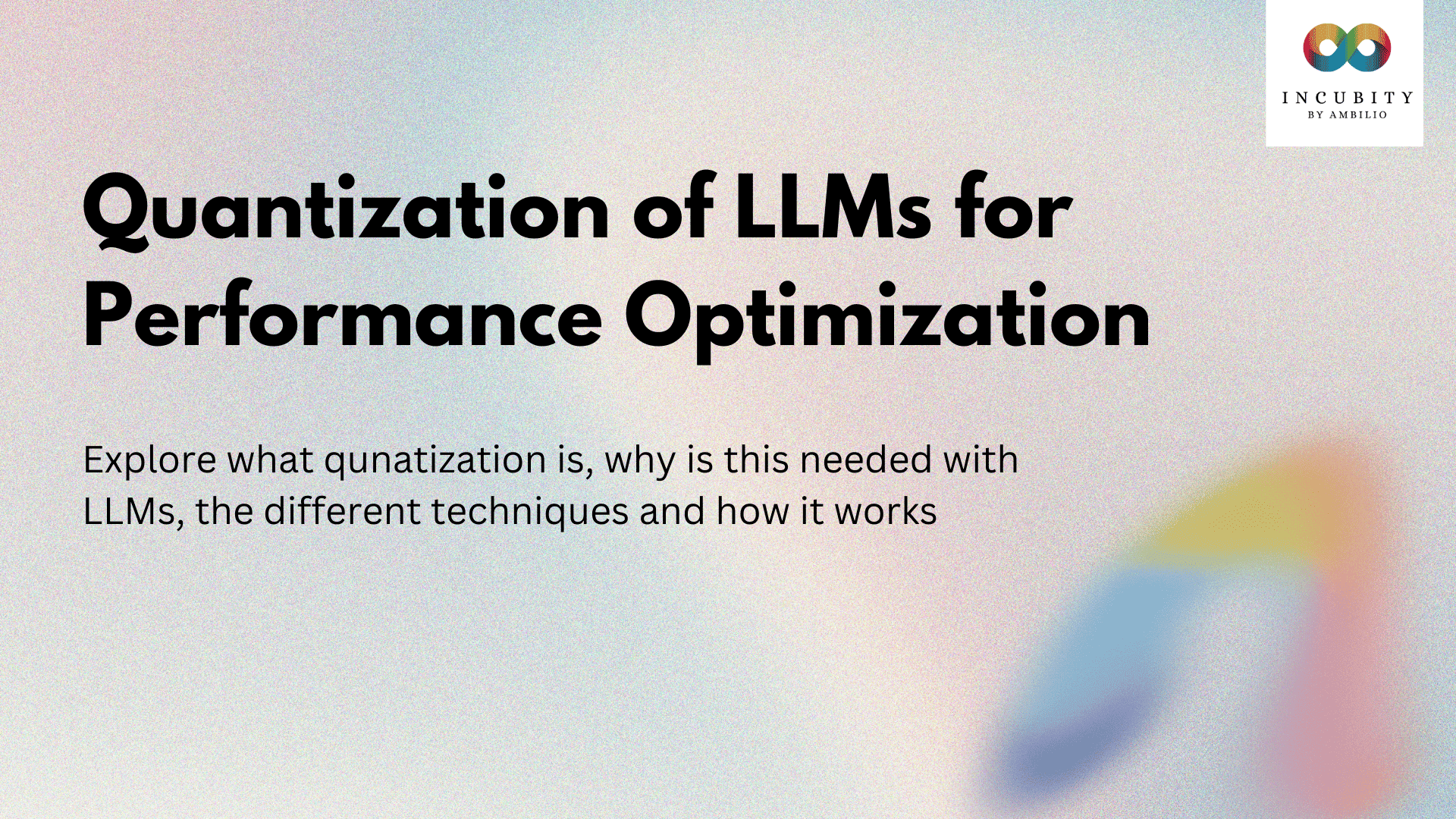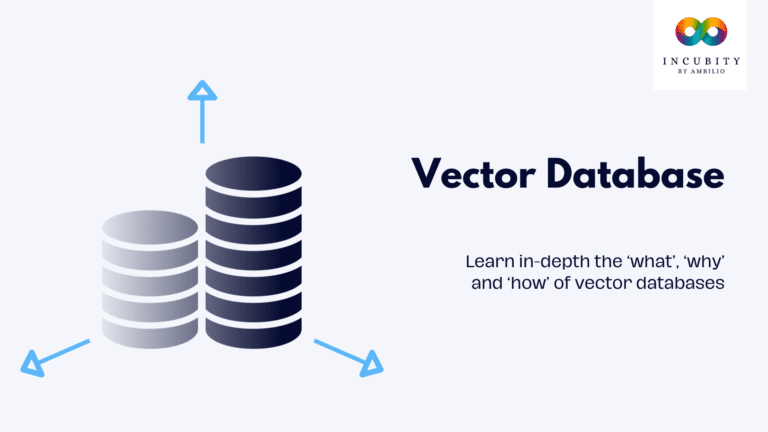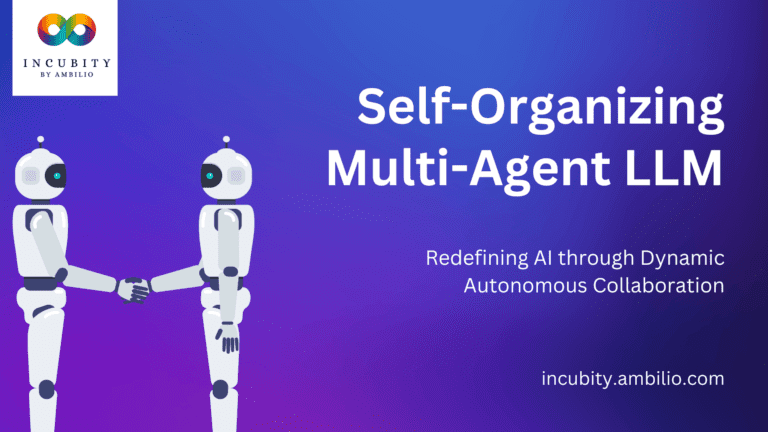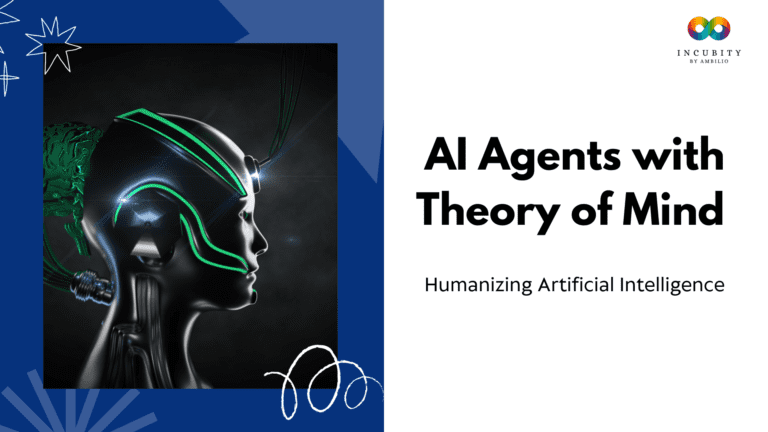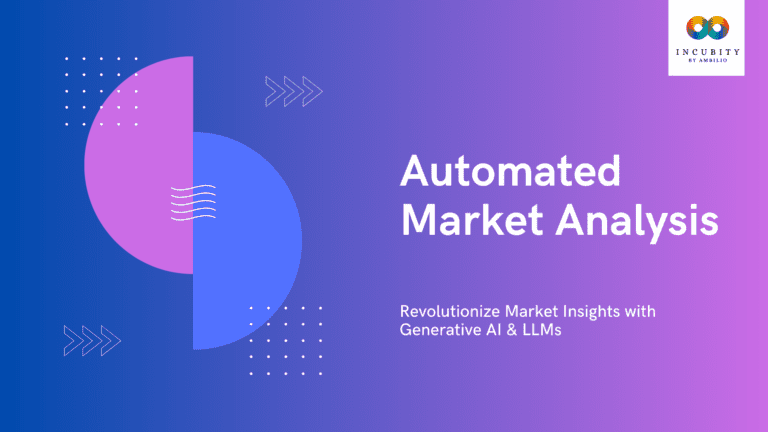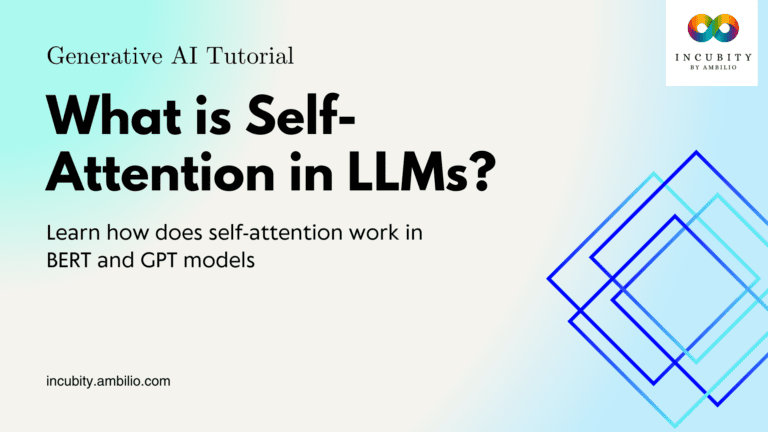In recent years, large language models (LLMs) have emerged as powerful tools for natural language processing (NLP) tasks, demonstrating remarkable capabilities in tasks such as text generation, translation, and sentiment analysis. However, the deployment of these models on resource-constrained devices poses significant challenges due to their massive memory and computational requirements. Quantization, a technique aimed at reducing the memory footprint and computational complexity of LLMs without sacrificing performance, has garnered increasing attention in the machine learning community.
What is Quantization?
Quantization, in the context of neural networks, involves the process of reducing the precision of numerical values within the model’s parameters and activations. Traditionally, neural network parameters are stored and computed using high-precision formats like 32-bit floating-point numbers (FP32). Quantization converts these high-precision values into lower-precision representations, such as 16-bit floating-point (FP16) or even 8-bit integers (INT8). This reduction in precision results in significant savings in memory usage and computational resources.
Why is Quantization Needed for LLMs?
Quantization serves as a pivotal technique in the optimization of large language models (LLMs) for deployment on various devices. Here’s why quantization is essential:
1. Memory and Computational Efficiency
- LLMs, with their intricate architectures and vast parameter sizes, demand substantial memory and computational resources.
- Quantization reduces the memory footprint and computational requirements of LLMs by adjusting parameters and reducing precision in computations.
- By converting high-precision numerical values to lower-precision formats like 16-bit floating-point or 8-bit integers, quantization enables LLMs to run efficiently on devices with limited resources.
2. Accessibility on Smaller Devices:
- Resource-constrained devices, such as mobile phones and edge computing platforms, struggle to accommodate the memory and computational demands of LLMs.
- Quantization makes LLMs more accessible by allowing them to operate efficiently on devices with limited memory and computing power.
- Users who do not have access to high-end GPUs can benefit from quantized LLMs running on older or less powerful devices.
3. Efficiency and Cost Savings:
- Quantization presents opportunities to enhance the efficiency of LLMs by reducing their memory footprint and computational complexity.
- With reduced computational requirements, quantized LLMs lead to lower hardware costs and decreased energy consumption.
- This makes LLMs more sustainable and cost-effective to deploy across various industries and applications, contributing to broader adoption and accessibility.
In summary, quantization plays a crucial role in optimizing large language models for deployment on smaller devices, improving efficiency, reducing costs, and widening accessibility across various domains and user bases.
LLM Quantization Techniques
Quantization techniques can be broadly categorized into two main approaches:
1. Post-Training Quantization (PTQ):
Post-Training Quantization (PTQ) is a technique where the precision of weights in a pre-trained model is reduced after the training phase. This process involves converting the high-precision weights into lower-precision formats, such as 8-bit integers or 16-bit floating-point numbers. PTQ is relatively straightforward to implement, as it doesn’t require retraining the model. However, one potential drawback of PTQ is the possibility of performance degradation due to information loss during quantization.
- Weights are quantized to lower precision formats, such as 8-bit integers or 16-bit floating-point numbers.
- PTQ is straightforward to implement and doesn’t require retraining the model.
- There’s a risk of potential performance degradation due to information loss during quantization.
2. Quantization-Aware Training (QAT):
Quantization-Aware Training (QAT) integrates the quantization process into the model training phase. This allows the model to adapt to lower-precision representations during pre-training or fine-tuning. During QAT, the model learns to adjust its weights to account for the effects of quantization, resulting in enhanced performance compared to PTQ. However, QAT requires significant computational resources and representative training data to achieve optimal results.
- QAT incorporates quantization into the model training phase, enabling the model to adapt to lower-precision representations.
- The model adjusts its weights during pre-training or fine-tuning to account for quantization effects.
- QAT typically results in enhanced performance compared to PTQ but requires significant computational resources and representative training data.
3. Zero-shot Post-Training Uniform Quantization:
Zero-shot Post-Training Uniform Quantization applies standard uniform quantization to various large language models without the need for additional training or data. This technique helps understand the impact of quantization on different model families and sizes, emphasizing the importance of model scale and activation quantization on performance. Zero-shot quantization can provide insights into the trade-offs between model efficiency and accuracy, facilitating better decision-making in quantization strategies.
- Applies standard uniform quantization to large language models without additional training or data.
- Helps understand the impact of quantization on different model families and sizes.
- Provides insights into the trade-offs between model efficiency and accuracy.
4. Weight-Only Quantization:
Weight-Only Quantization focuses solely on quantizing the weights of large language models, such as in methods like GPTQ. This approach converts quantized weights to FP16 on-the-fly during matrix multiplication during inference. By doing so, it reduces data loading, especially in the generation stage with batch size 1. Weight-Only Quantization can lead to speedup in inference time and improved efficiency.
- Quantizes only the weights of large language models, converting them to FP16 during matrix multiplication.
- Reduces data loading, particularly beneficial in the generation stage with batch size 1.
- Results in speedup in inference time and improved efficiency.
Benefits of LLM Quantization
Quantization of Large Language Models (LLMs) offers several benefits that enhance their deployment and usability in various applications. Here are the key advantages of LLM quantization:
- Reduced Memory Footprint: By converting high-precision numerical values into lower-precision representations, quantization significantly reduces the memory footprint of LLMs. This reduction in memory consumption enables the deployment of LLMs on devices with limited memory capacity, such as mobile phones and edge computing devices.
- Accelerated Inference: Quantization techniques optimize the computational efficiency of LLMs by reducing the precision of weights and activations. This optimization leads to faster inference times, allowing LLMs to process inputs more quickly and deliver results in a timely manner.
- Improved Efficiency: Quantization enhances the overall efficiency of LLMs by decreasing computational requirements and energy consumption. With reduced computational overhead, quantized LLMs become more sustainable and cost-effective to deploy across various applications and industries.
- Wider Deployment: The reduced memory footprint and improved efficiency resulting from quantization make LLMs more accessible for deployment across diverse hardware platforms and environments. This widens the range of applications and use cases where LLMs can be effectively utilized, from mobile devices to edge computing environments.
- Cost Savings: Quantization leads to lower hardware costs by reducing the computational resources required to deploy LLMs. Additionally, the decreased energy consumption associated with quantized LLMs translates into cost savings, making them more economically viable for deployment at scale.
- Enhanced Accessibility: Quantization enables LLMs to run efficiently on devices with less powerful hardware, making them accessible to users who may not have access to high-end GPUs or large computing clusters. This democratization of LLMs enhances their accessibility and usability across diverse user demographics and regions.
Overall, LLM quantization offers a range of benefits, including reduced memory footprint, accelerated inference, improved efficiency, wider deployment opportunities, cost savings, and enhanced accessibility. These advantages make quantization a crucial technique for optimizing LLMs and unlocking their potential in various real-world applications and scenarios.
Example: Quantization of Mistral LLM
The quantization of Mistral Large Language Model (LLM) involves reducing the model’s precision from FP16 to INT4, resulting in a significant reduction in file size by approximately 70%. This optimization aims to make the model more efficient for storage and faster for inference, enhancing its accessibility and practicality for deployment on various platforms. Additionally, quantizing Mistral 7B to FP8 has shown material performance improvements across latency, making the model faster without significant perplexity gains. This quantization technique enhances the model’s efficiency without compromising its accuracy.
Furthermore, Mistral 7B can be fine-tuned and quantized using different methods and tools. For instance, Mistral AI provides an instruction version of Mistral 7B that can be loaded and quantized using libraries like bitsandbytes and transformers. By following specific procedures and configurations, Mistral 7B can be optimized for efficient inference and performance improvements. Moreover, Mistral AI has developed an efficient low-bit weight quantization method called AWQ, supporting 4-bit quantization. This method offers faster Transformers-based inference and is specifically designed for models like Mistral 7B, enhancing their speed and efficiency without compromising accuracy.
Challenges of LLM Quantization
While quantization of Large Language Models (LLMs) offers numerous benefits, it also presents several challenges that need to be addressed. Here are some key challenges associated with LLM quantization:
- Performance Degradation: One of the primary challenges of LLM quantization is the potential degradation in performance. When reducing the precision of weights and activations, there is a risk of loss of important information, which can impact the accuracy and effectiveness of the model. Balancing the trade-off between model accuracy and quantization efficiency is crucial.
- Complexity and Resource Demands: Certain quantization techniques, such as Quantization-Aware Training (QAT), require substantial computational resources and representative training data. Training models with quantization incorporated adds complexity to the training process, increasing computational demands and training time. This complexity can make it challenging to implement quantization techniques effectively.
- Quantization Sensitivity: Large language models, with their intricate architectures and complex learning mechanisms, can be sensitive to changes in precision introduced by quantization. Some models may be more sensitive to quantization than others, and finding the right quantization approach that minimizes performance degradation while optimizing efficiency can be challenging.
- Optimal Quantization Levels: Determining the optimal quantization levels for different parts of the model, such as weights, activations, and biases, is non-trivial. Aggressive quantization levels may lead to significant performance degradation, while conservative quantization may not provide sufficient efficiency gains. Finding the right balance and optimizing quantization levels for each specific LLM architecture is a challenging task.
- Generalization and Robustness: Quantization techniques need to generalize well across different LLM architectures and datasets. Ensuring that quantization methods are robust and can maintain performance across various models and tasks is crucial for their practical applicability.
- Hardware Support and Compatibility: The effectiveness of quantization techniques may depend on hardware support and compatibility. Ensuring that quantized models can efficiently run on a wide range of hardware platforms, including CPUs, GPUs, and specialized accelerators, adds another layer of complexity to the quantization process.
Addressing these challenges requires continued research and development in the field of LLM quantization. Advancements in quantization algorithms, optimization techniques, and hardware support are essential for overcoming these challenges and realizing the full potential of quantized LLMs in real-world applications.
Final Words
Quantization stands as a promising technique for optimizing the efficiency of large language models while preserving their performance. By reducing the memory footprint and computational complexity of LLMs, quantization enables their deployment on a wider range of devices and applications. However, addressing the challenges associated with quantization, such as accuracy degradation and sensitivity to precision changes, remains an ongoing area of research. As advancements in quantization techniques continue, we can anticipate further improvements in the efficiency and accessibility of large language models.

